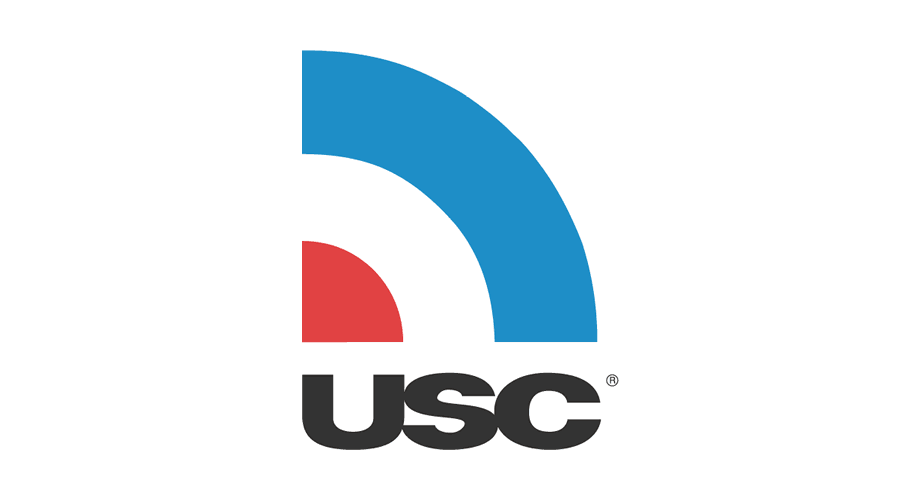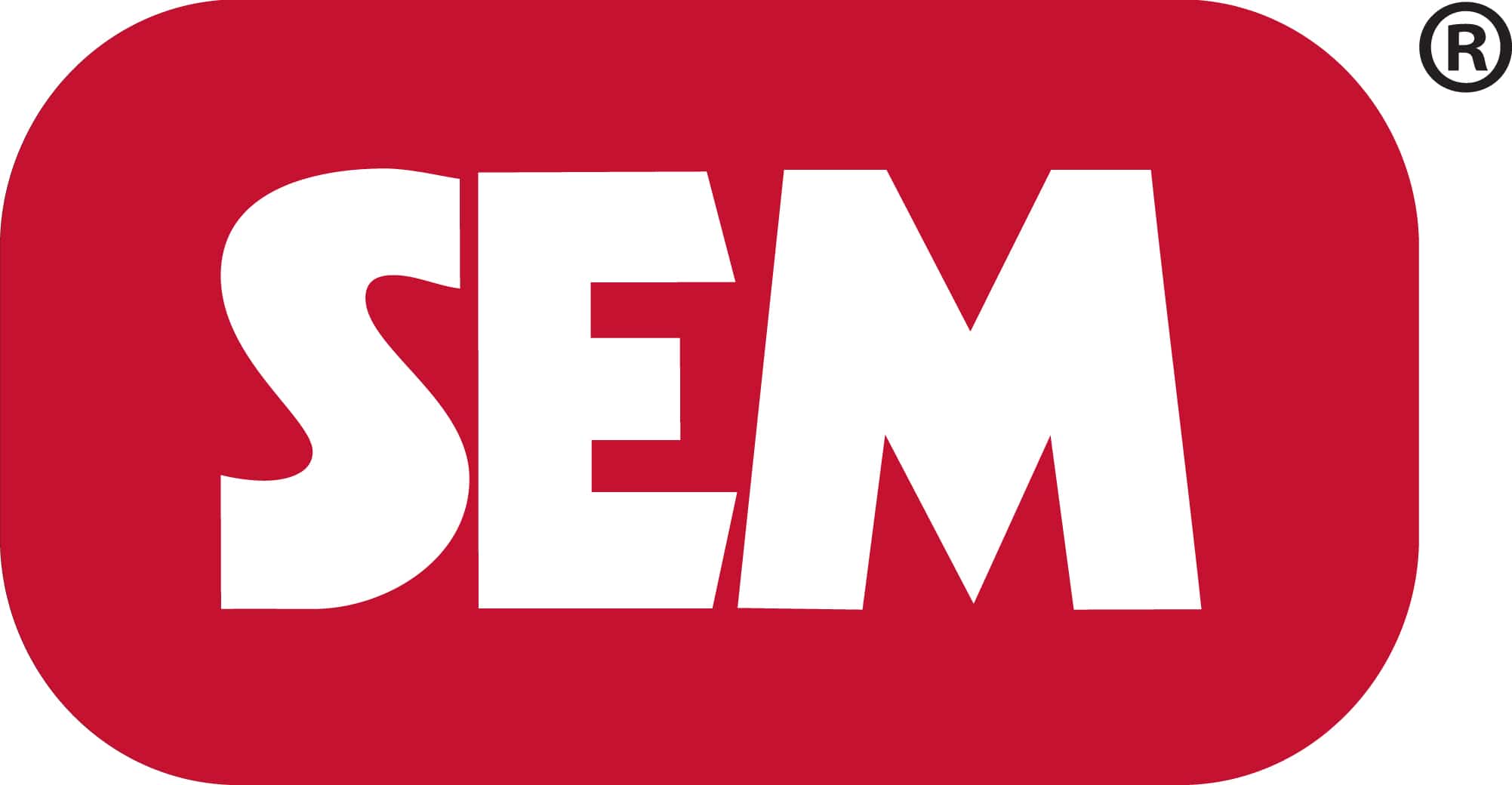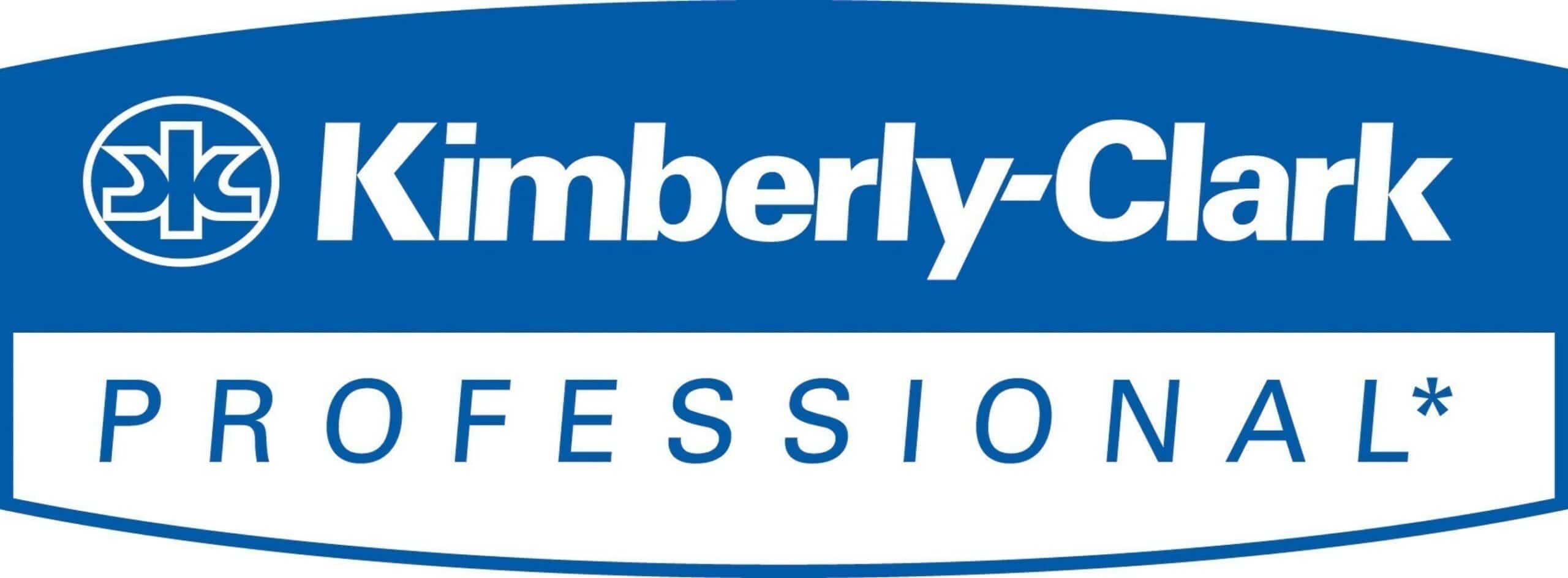When it comes to bodywork and repainting a car, proper preparation is key to achieving professional-looking results. Step 2 – Preparation sets the stage for a successful transformation by ensuring that the vehicle’s surface is clean, smooth, and ready for paint application. In this blog, we will delve into the importance of this crucial phase and outline the key steps involved.
-
Removing Detachable Parts:
Before diving into the preparation process, it’s essential to remove any detachable parts that could obstruct the painting and bodywork. These include bumpers, mirrors, trim, moldings, and any other components that can be easily taken off. Carefully label and organize the removed parts to facilitate their reinstallation later.
-
Cleaning the Vehicle’s Surface:
To achieve optimal adhesion and a flawless finish, the car’s surface must be thoroughly cleaned. Start by washing the vehicle with soap and water to remove dirt, grime, and wax. Use a degreaser to eliminate any oily residue that might hinder proper paint adhesion. Pay special attention to areas such as the grille, wheel wells, and door jambs.
-
Sanding the Damaged Areas:
Next, focus on the damaged areas that require repair. Use sandpaper with an appropriate grit (such as 120 to 320 grit) to sand down the affected spots. This step helps create a smooth surface and promotes better adhesion of the body filler and paint. Take care not to sand too aggressively, as you don’t want to damage the underlying metal or plastic.
-
Rust and Old Paint Removal:
If there are any signs of rust or old paint, it’s crucial to address them before proceeding. Rust can spread and compromise the integrity of the vehicle’s structure, while old paint may interfere with the new paint’s adhesion. Use sandpaper, wire brushes, or specialized rust-removal solutions to eradicate rust and carefully remove old paint layers.
-
Applying Primer:
Priming is a vital step in the preparation process as it enhances paint adhesion and promotes a smoother finish. Choose a high-quality automotive primer suitable for your specific project. Apply the primer evenly to the repaired and prepared surfaces, following the manufacturer’s instructions. This step helps seal the metal or plastic, preventing corrosion and providing a solid foundation for the paint.
-
Allowing Proper Drying Time:
After applying the primer, allow it to dry thoroughly before moving on to the next steps. Drying times can vary depending on the specific product used, so refer to the manufacturer’s instructions for guidance. Avoid rushing this step, as insufficient drying time can lead to issues such as paint bubbling or peeling.
-
Lightly Sanding the Primed Surface:
Once the primer is fully dry, it’s time to lightly sand the primed surface to create a smooth texture. Use fine-grit sandpaper (such as 400 to 600 grit) and sand in a circular or back-and-forth motion. The goal is to achieve a uniform, smooth surface that will serve as a solid base for the paint layers. Be careful not to sand through the primer.
-
Masking and Taping:
Before painting, it’s essential to protect areas that should not be painted. Use masking tape and paper to cover windows, trim, headlights, taillights, and any other parts that should remain unpainted. Pay attention to achieving clean, sharp lines with the tape, ensuring that all edges are properly sealed to prevent overspray.
Step 2 – Preparation lays the foundation for a successful bodywork and repainting project by ensuring that the vehicle’s surface is clean, smooth, and properly primed. By following the steps outlined above, you can create an optimal surface for paint adhesion and achieve professional-looking results. Remember to remove detachable parts, thoroughly clean the surface, address any rust or old paint, apply primer, and allow for proper drying time. With these preparations complete, you are now ready to move on to the exciting next phase of the process: bodywork and repainting.


















